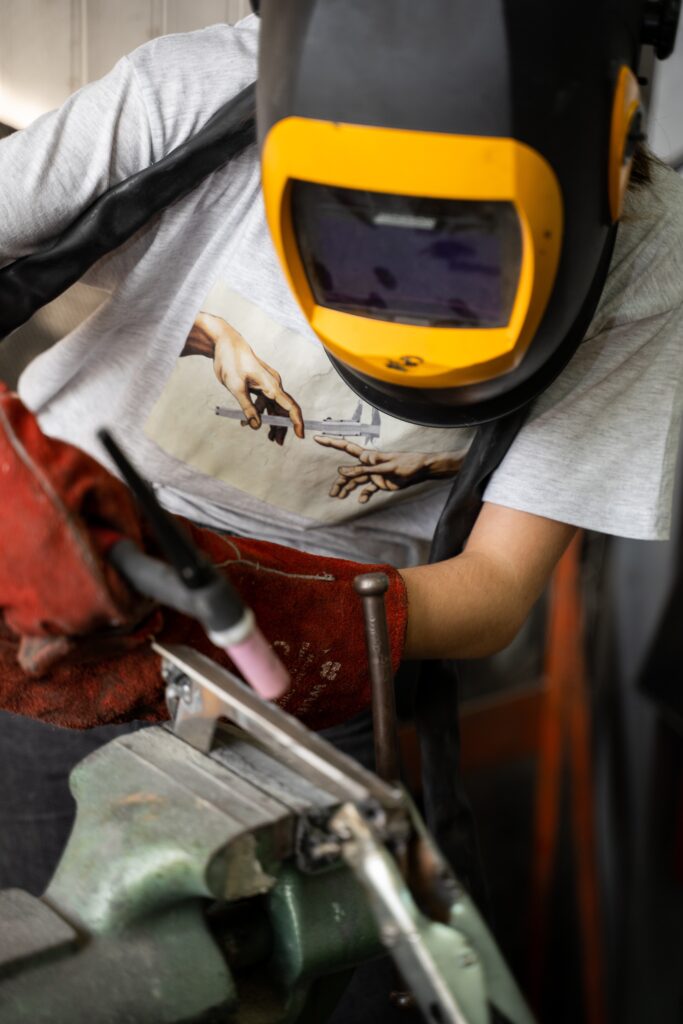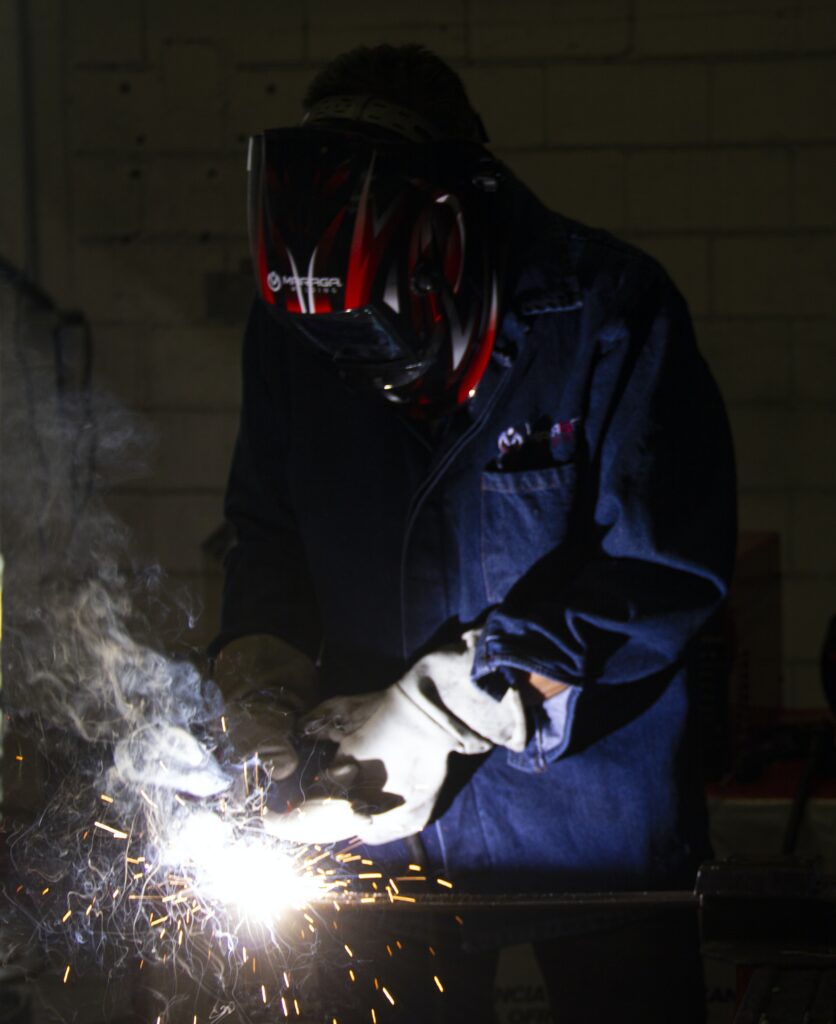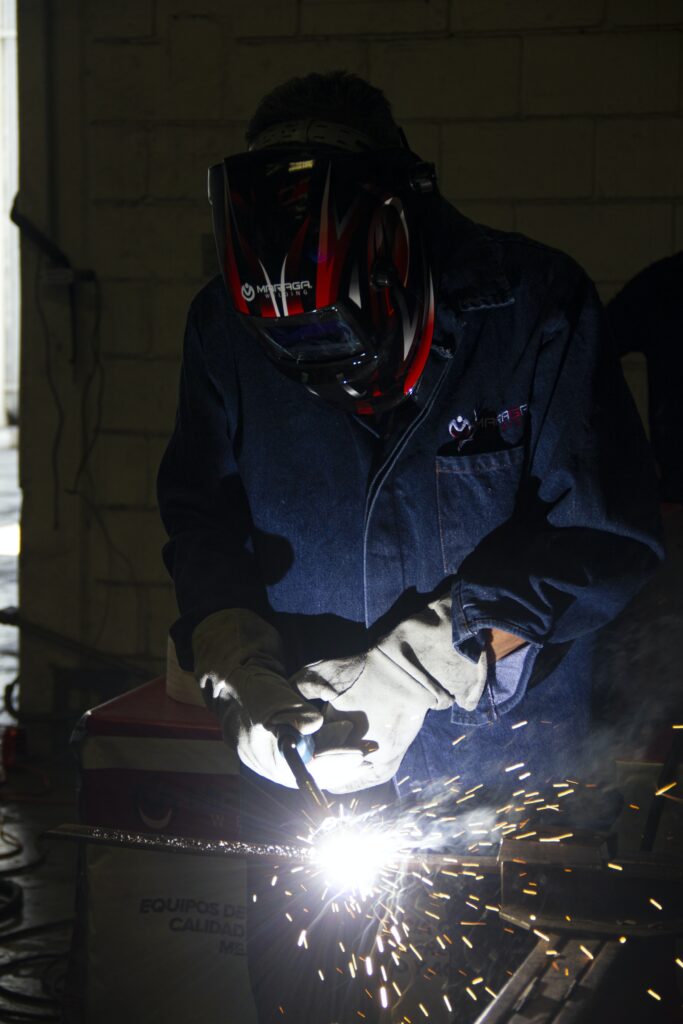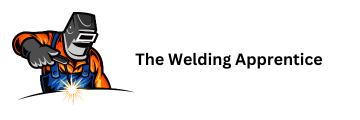Ever wondered about the challenges a welder faces, especially when it comes to the difficulties of various welding positions? Well, in “What Position Is Hardest In Welding?” we tackle this intriguing topic head-on, laying out detailed perspectives from professional welders and industry experts. You’ll get a glimpse into the world of welding, the several positions involved, and the uniquely challenging aspects of each position. It promises to be an enlightening journey that will give you a deeper appreciation and understanding of the skill and effort that goes into the craft of welding. Get ready to add a new level of depth to your knowledge about welding.

Understanding Welding Positions
Welding is an essential part of many industries and requires a high level of skill and precision. One of the key aspects to consider while welding is the welding position.
Flat position
The flat position, also referred to as the downhand or 1G position, is typically the easiest to master. In this position, you are welding a joint that is lying flat, meaning the face of your weld is on a horizontal plane. This often allows for a more comfortable welding process, smoother flow of molten metal, and easier control over the weld pool.
Horizontal position
In a horizontal position, also known as 2G, you are welding on a vertical plane but the weld axis is horizontal. While slightly more complex than the flat position, it can be easily managed with the right skills and understanding of gravity’s effect on the molten metal.
Vertical position
Vertical position welding, commonly known as 3G, is more challenging. The weld axis is vertical, meaning you are either welding upwards or downwards. This often requires more control and precision in managing the molten weld pool.
Overhead position
Overhead, or 4G, is often considered the most difficult welding position. The weld is being created from underneath, which can be physically strenuous and require high levels of control and accuracy to prevent the molten metal and slag from falling onto you.
Welding Position Classifications
Understanding how welding positions are classified can be helpful in mastering the various techniques.
American Welding Society classification
In American Welding Society (AWS) classification, welding positions are identified by a number-letter combination. The number represents the position (1 for flat, 2 for horizontal, 3 for vertical and 4 for overhead) and the letter indicates the type of weld (G for groove, F for fillet).
European welding position codes
European welding positions are a bit more complex, with additional codes indicating whether a welder is welding vertically upwards or downwards, or welding around a horizontal axis.
Understanding 1G, 2G, 3G, and 4G in welding
The terms 1G, 2G, 3G, and 4G are common in welding specifications worldwide. These numbers denote the welding positions, with 1G being flat welding, 2G horizontal, 3G vertical, and 4G overhead. The ‘G’ stands for the groove welding process.

Challenges of Flat Position Welding
No welding position is without its own unique set of challenges. Let’s have a look at the complexities associated with flat position welding.
Gravity influence
While it may seem that gravity would be a non-issue when welding in a flat position, it can still present challenges. The molten metal can tend to flow outwards, creating wider beads than intended.
Control of the molten weld pool
Controlling the molten weld pool in a flat position requires precision and a steady hand. If not properly managed, the weld pool can become too large, leading to potential weaknesses in the weld.
Proper electrode angle
Maintaining the proper electrode angle is critical for creating strong, high-quality welds in a flat position. Improper angles can lead to a lack of penetration and a vulnerable weld joint.
Difficulties in Horizontal Position Welding
While horizontal position welding requires a higher level of skill than flat position welding, it’s not without its own set of challenges.
Molten metal control
In horizontal position welding, controlling the molten metal can be a major challenge. The tendency of the metal to droop or sag due to gravity can result in an uneven weld bead or excessive spatter.
Problems with slag and spatter
Slag and spatter can be particularly problematic in a horizontal position. The gravity may cause the slag to roll down and become embedded in the weld, leading to a weak and potentially dangerous weld.
Correct rod angle importance
Maintaining the correct rod angle in a horizontal position is vital. If the angle is too steep or too shallow, it can result in a lack of fusion, creating a weak weld.

Complexities of Vertical Position Welding
Of the four standard welding positions, vertical welding can be one of the most complex and challenging.
Upwards and downwards welding
One of the primary difficulties in vertical welding is maintaining control whether you’re welding upwards or downwards. Upward welding can be particularly challenging as the heat rises, potentially distorting the weld pool.
Control over molten puddle
In vertical welding, controlling the molten puddle is a critical yet challenging task. The molten metal tends to drip downward due to gravity which can lead to irregular beads and weak welds.
Influence of gravity
As in other welding positions, gravity is also a major concern in vertical welding. It’s crucial to adjust your techniques to account for the downward pull of gravity to avoid drooping or sagging beads.
Overhead Position Welding: the Most Difficult Welding Position?
Many welders find overhead position welding to be the most difficult of the four standard welding positions.
Protection from hot metal and slag
In overhead welding, the risk of hot metal or slag falling onto the welder is a major concern. You must ensure you are adequately protected and are aware of the position of the molten metal at all times.
Accuracy and control challenges
Maintaining accuracy and control when welding overhead is no easy task. The gravitational pull affects the behavior of the molten pool and it takes great skill and experience to manage this aspect effectively.
Necessity of the appropriate speed
Welding overhead requires a faster travel speed than other positions to combat the effects of gravity. This adds a further layer of difficulty in achieving a high-quality weld.
Safety Measures in Different Welding Positions
Each welding position presents unique safety challenges that should not be overlooked.
Basic welding safety guidelines
Regardless of the position, you should always adhere to basic welding safety guidelines. This includes wearing appropriate protective gear, ensuring a well-ventilated workspace, and keeping a fire extinguisher on hand.
Specific safety precautions based on welding positions
Each welding position requires specific safety precautions. Vertical and overhead welding, for instance, may require additional protective gear due to the risk of falling molten metal and slag.
Role of protective gear
Protective gear plays a vital role in all welding positions. It not only protects against heat and sparks, but it also helps to decrease the risk of various health hazards associated with welding fumes and ultraviolet radiation.
Importance of Welding Position in Weld Quality
The welding position can greatly influence the overall quality of your weld.
Effect of position on weld penetration
Different positions warrant different levels of weld penetration. Incorrect positions can prevent proper penetration, leading to indications or even potential failure of the weld.
Impact on weld appearance
The look of a weld can also be influenced by the position. A lack of control in more complex positions can result in uneven weld beads and an overall less aesthetic appearance.
Influence on weld strength
Ultimately, the welding position can significantly impact the strength of a weld. Incorrect or imprecise methodology in different positions can lead to weaker weld joints and compromise the integrity of the structure.
Influence of Welding Process on Difficulty Level
Different welding processes can change the difficulty level associated with different welding positions.
MIG welding and positions
MIG (Metal Inert Gas) welding uses a wire welding electrode on a spool that is fed at a constant speed. Generally, MIG welding is easier and more versatile as it can be utilized in all positions. However, it can be challenging in overhead and vertical positions due to gravity’s effect on the molten weld pool.
TIG welding and positions
Tungsten Inert Gas (TIG) welding provides superior quality welds but is a skilled process predominantly performed in a flat or horizontal position due to the difficulty in control.
Stick welding and position-related difficulties
Stick welding, or Shielded Metal Arc Welding (SMAW), can be used in all positions, but it generally requires the highest level of skill. Controlling the long stick electrodes in different positions can be arduous, especially for novice welders.
Conclusion: Hardest Welding Position
Summary of difficulties per position
Each welding position comes with its own set of difficulties. While a flat position might provide challenges in managing the weld pool, horizontal and vertical positions can be complex due to gravity’s influence. Overhead welding usually tops the list as the most difficult position due to the protection and control challenges.
Factors contributing to difficulty
The difficulty of each welding position hinges on several factors, including the influence of gravity, the ability to control the molten metal, and the required precision for proper penetration and strength.
Key skills for mastering all positions
Mastering all positions requires practice, precision, and a deep understanding of the welding process. By closely monitoring your weld pool, maintaining the proper electrode angle, and gradually introducing the effects of gravity into your practice, you can conquer the art of welding in any position.
